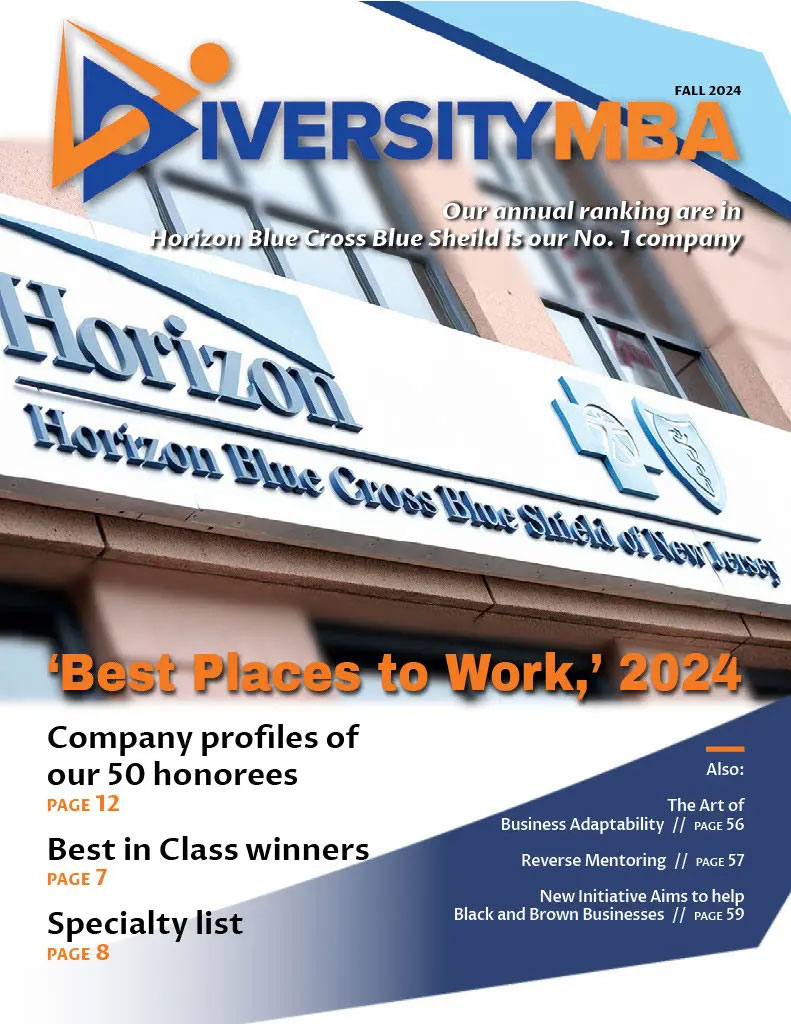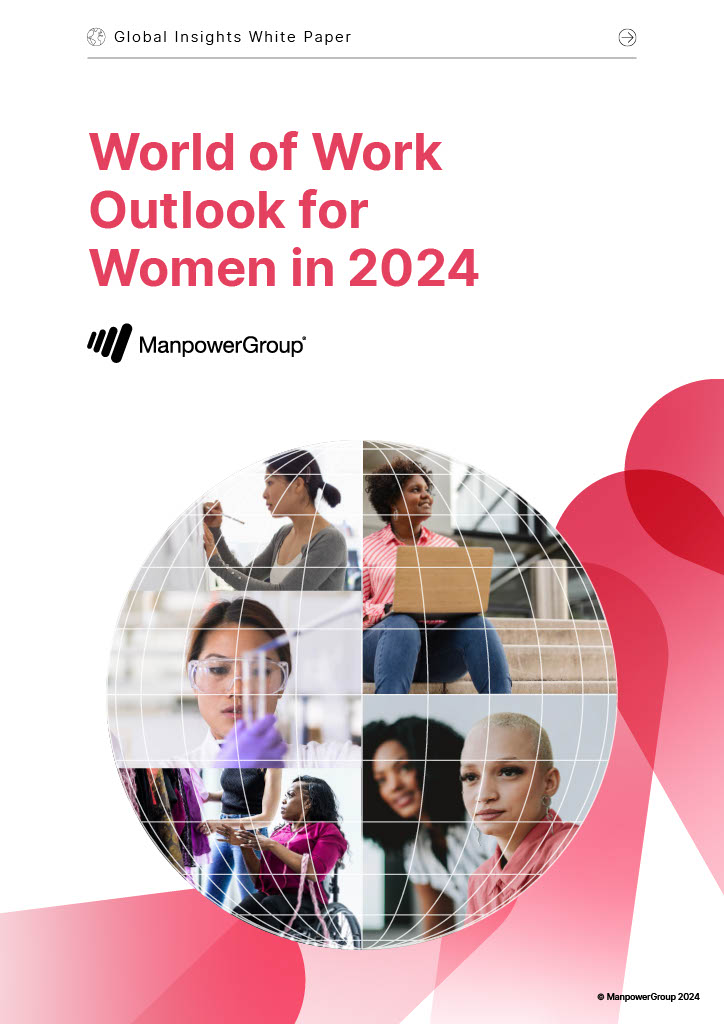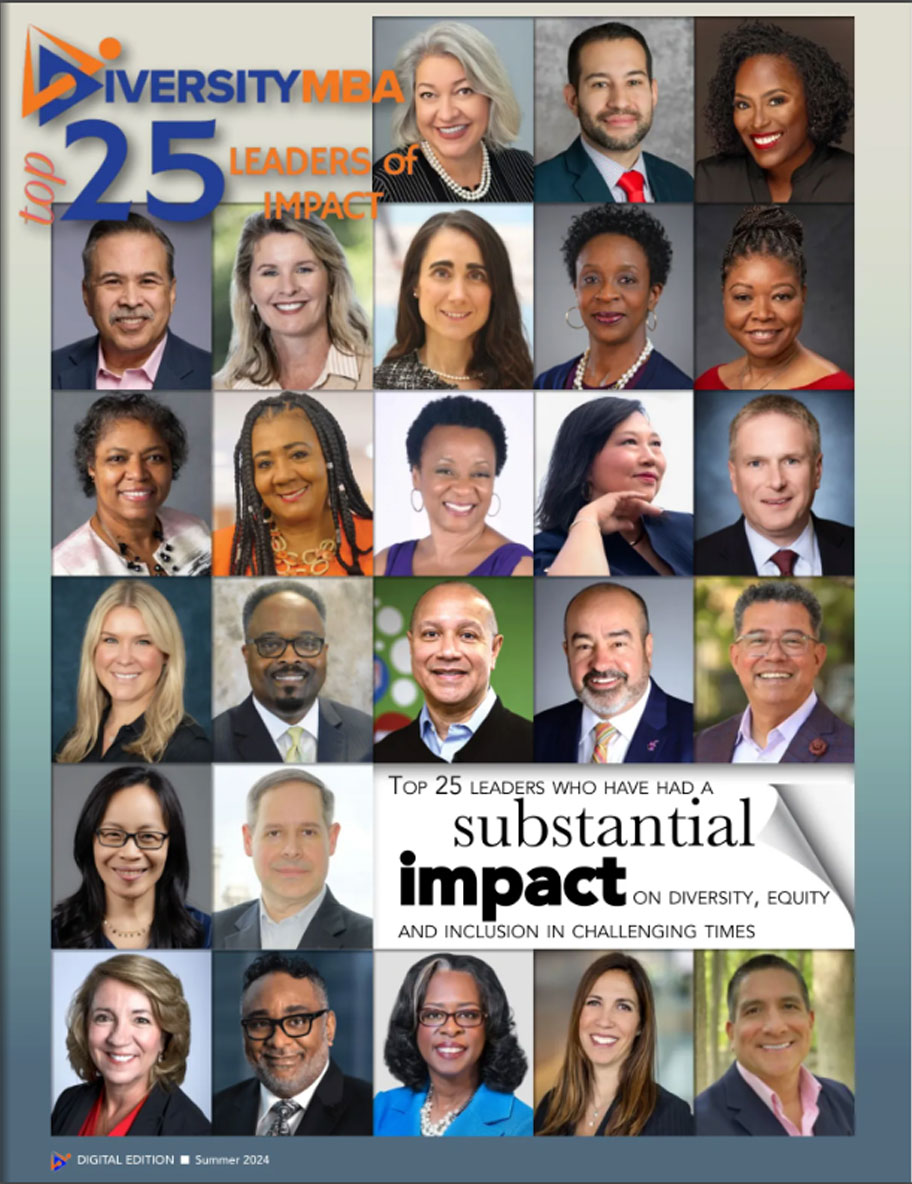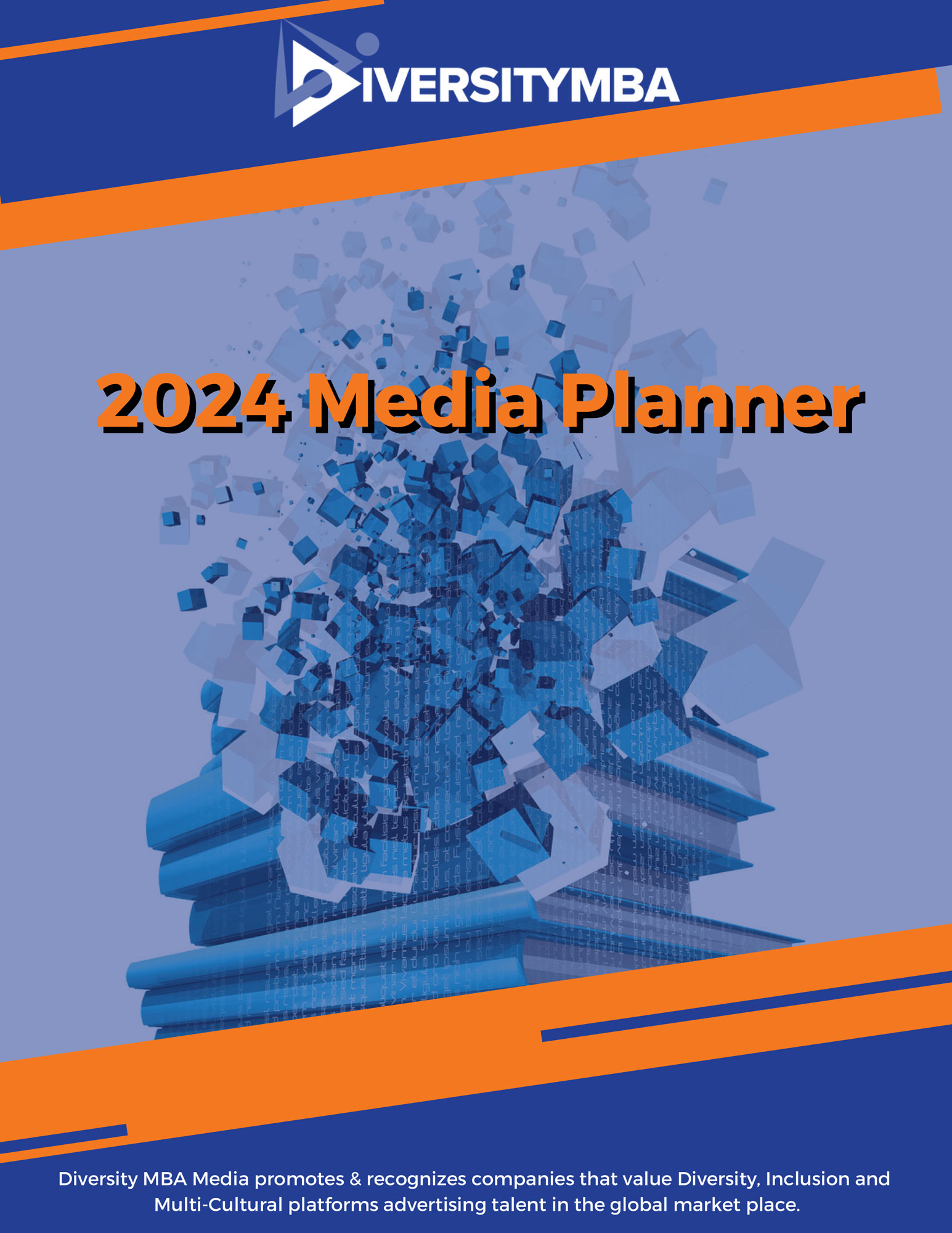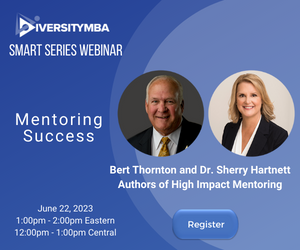Andrés González, VP, Chief Diversity Officer
WHAT IS YOUR MISSION FOR DIVERSITY AND INCLUSION?
Diversity and inclusion becomes a path forward for health equity and health justice. At Froedtert and the Medical College of Wisconsin Health Network, diversity and inclusion, is used to leverage the individual uniqueness among people, cultures and systems that then collectively empowers our staff and providers to drive innovation and ultimately deliver culturally competent care. We focus our efforts on three key areas to help support these strategic initiatives of the health network. Those three pillars are around extraordinary people (people strategy), market leadership and consumer guided experience, and our language services efforts. We are a system of five hospitals, over 40 health centers in a five county area. We have about thirteen thousand staff members that are part of our system. There is certainly a phenomenal opportunity to provide quality of care to our community here in southeastern Wisconsin.
WHAT IS THE IMPORTANCE OF DIVERSITY AND INCLUSION IN THE HEALTHCARE INDUSTRY?
Fundamentally, diversity and inclusion is important in health care for many reasons. Perhaps, the most important reason being that all patients are treated with dignity and respect. That is actually one of Froedtert Health’s values. Unbelievably, it is of the things that helped me to gravitate towards the health network originally when I was being interviewed for my role. It is such a unique value and such a critical one in this day and age especially given Covid-19. We have to ensure that everyone is treated with dignity and respect while receiving culturally competent care.
Furthermore, it is important to build and maintain an internal culture of dignity and respect to ensure that culture carries over to patient care. It is important that our staff members and our teams are guided by dignity and respect. Internally our organizational structure ensures that diversity and inclusion touches every aspect of our organization. It is part of our culture. The way in which our strategy has been created and rolled out is one in which everything that we’re driving is through an equity first lens. Equity is completely embedded into who we are as a culture.
WHAT ARE SOME OF THE DIVERSITY AND INCLUSION INITIATIVES THAT HAVE ALLOWED YOUR ORGANIZATION TO HAVE IMPACT IN BOTH THE COMMUNITY AND IN THE WORKPLACE; THAT SUPPORTED DRIVING CHANGE AND/OR EQUITY.
In the workplace, the creation and continued development of our business resource groups as a strategic effort and certainly the partnership with each one of those groups are dimension specific. We have looked at the different efforts that we have been driving to the creation and launch of our boards. Based on that, we decided to formulate BRGs that would make sense based on our journey, and our strategies. This has been one of the key initiatives that was birthed out of our office and that we are responsible for leading and advising. The BRGs help us with improving our staff engagement, offering opportunities for leadership development, and creating a higher sense of not only network, but belonging within the organization. Our BRGs help our overall recruitment efforts, retention of our employees, and they become ambassadors and an extension of our office. BRGs also provide business intelligence and insights around customer and patient needs.
We have launched a LGBTQA+, military veterans, African-American, Latinx and women’s leadership BRG. These BRGs are helping us build a robust pipeline for recruiting diverse talent, retention of diverse talent, and the development and sustainability of a diverse and inclusive workforce. Another key effort is signing a number of pledges both nationally and locally. One of the pledges is the Health Equity pledge, which is our health networks pledge to take action to eliminate health care disparities. It is a pledge that we took on from the American Hospital Association and the Institute for Diversity in Health Equity. A number of years ago, they asked all of our health systems to take that friendly pledge. We did. And that’s what really gave birth to our health equity strategy and those efforts. That has been part of our journey and our commitment to provide health equity in our communities’ right here in southeastern Wisconsin. We also signed the Equity Collaborative pledge, which helps committed health systems to transform their cultures, to accelerate the advancement of women in management and governance. There are about 12 health systems that were part of the foundational group that came together. They were change agents to make that happen and we’re one of those. The last initiative that I’ll mention is the MMAC, which stands for the Metro Milwaukee Area of Chambers and it’s the region of choice corporate pledge. Signing that pledge has provided a dynamic and supportive workplace for all of our employees to foster their growth, success and well-being.
WHAT LESSONS HAVE YOU LEARNED ALONG THE WAY AS A DIVERSITY LEADER; AS WELL AS WHAT WORDS OF ADVICE CAN YOU GIVE (ESPECIALLY GIVEN THE CURRENT CLIMATE OF COVID-19 PANDEMIC).
Number one, the importance of embedding diversity, inclusion and equity in every part of the organization becomes essential. It’s a must have to support throughout the health networks efforts that you’re driving. I think for us it has been the ability to embed that, and to be agile in shifting and meeting the needs of the organization. Even during the Covid-19 crisis, we created a rapid response plan, just as the emergency department would have to create a similar rapid response rate if something happened in the community where patients were going to be brought in.
Leveraging local organizations and those partnerships has been key. We cannot do this work alone. I tell my team all the time, I remind them that the litmus test for our work, whether we’re going to be successful or not, it cannot be predicated on our ability to drive this work as an office of diversity. It starts with us, and it’s really about our ability to galvanize and bring others together. I have learned that it’s more about creating collaboration. It’s about inspiring people. It’s about influencing our leaders, and it’s about them implementing those strategies. I use that as a demonstration of the importance of this work. It’s not just about us. It’s about affecting change throughout the organization. We have to do that one leader at a time, perhaps one step at a time. That’s where enlisting and collaborating with others becomes important and also including our community partners. It keeps us connected and presents opportunities in the local communities that we serve. I will also mention that to be successful in doing this work, it starts with having senior leadership buy-In and support. I am humbled and honored that I have a CEO who leads the way, who sets the tone and the expectation.



